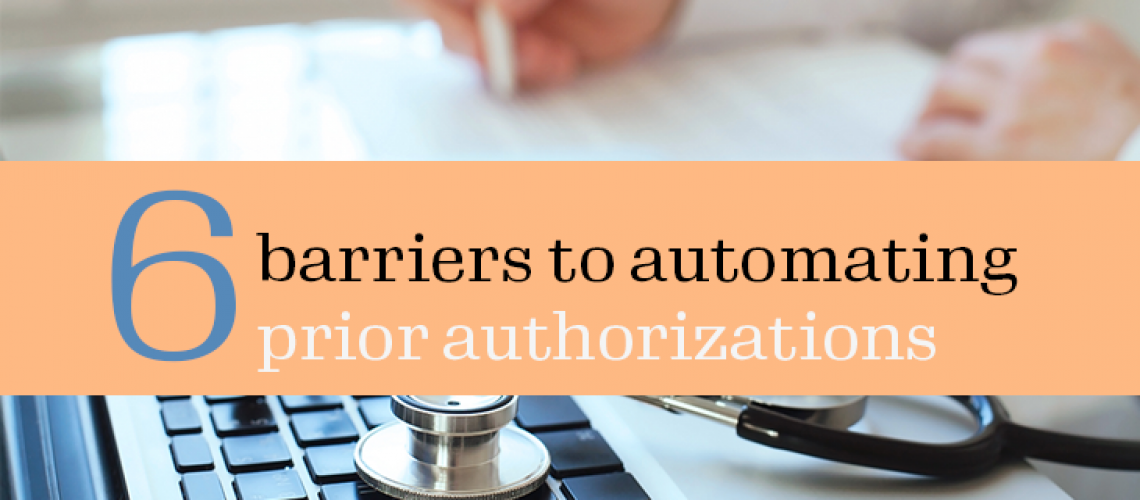Prior authorizations consume hours of physician time as they seek insurer approval for drugs and treatments. Health plans say prior auths improve the quality of care and manage healthcare spending, but doctors say they infringe on their autonomy and take time away from patients.
According to CAQH CORE, an industry group representing health plans, providers, vendors and government entities, the number of prior auths increased 14 percent between 2017 and 2018. Although a federally mandated standard for automating part of the prior auth process has existed for more than a decade, only 12 percent of prior auths are automated.
Here are six factors that CAQH identified as barriers to end-to-end automation of prior auths.
Know the criteria. Medicare recently published Medlearn Matters article SE1418 that includes clinical scenarios and guidelines for proper use of modifier -59.
The need for consistency in data content.
Requirements for authorizations differ across (and within) health plans and providers do not have an efficient way to identify what information to submit in the request. Lack of uniformity in code use, and use of overly generic codes that do not provide clear direction and next steps, further limits providers’ ability to adopt standardized prior auth requests.
Lack of federally mandated standards for attachments and distinct documentation.
The standard prior authorization request contains data fields in which patient clinical information is entered. However, health plans often require more details. The lack of an attachment standard or uniformity in the supporting clinical documentation requested by health plans deters vendor investment in solutions.
Lack of integration between clinical and administrative systems.
Electronic prior authorization requests are typically initiated by a practice management system, but the needed clinical information is usually in the EHR. Because integration between the two systems is uncommon, most providers must retrieve clinical information from the EHR and manually enter it into the prior auth request.
Limited availability of products that readily support electronic prior authorizations.
Only 12 percent of software vendors support electronic prior authorizations, while for all other electronic transactions, vendor support was between 74 percent and 91 percent. For those vendors who do support it, many only offer it as part of a premium package.
State requirements for manual intervention.
Some state legislatures have mandated that certain steps in the prior authorization process be handled manually, because a phone call or letter is considered a more trusted form of communication. Additionally, disparate state requirements makes automation even more difficult for health plans and health systems that work in multiple states.
Lack of provider awareness.
The industry has created some solutions, however, many providers are still unaware that HIPAA requires health plans to offer them to conduct prior authorizations electronically. Greater demand from providers can incent broader use of the solutions and encourage development of new products to support the exchange of data for electronic prior auths.
——————————————————
Photo courtesy of: Medical Economics
Originally Published On: Medical Economics
Follow Medical Coding Pro on Twitter: www.Twitter.com/CodingPro1
Like Us On Facebook: www.Facebook.com/MedicalCodingPro







